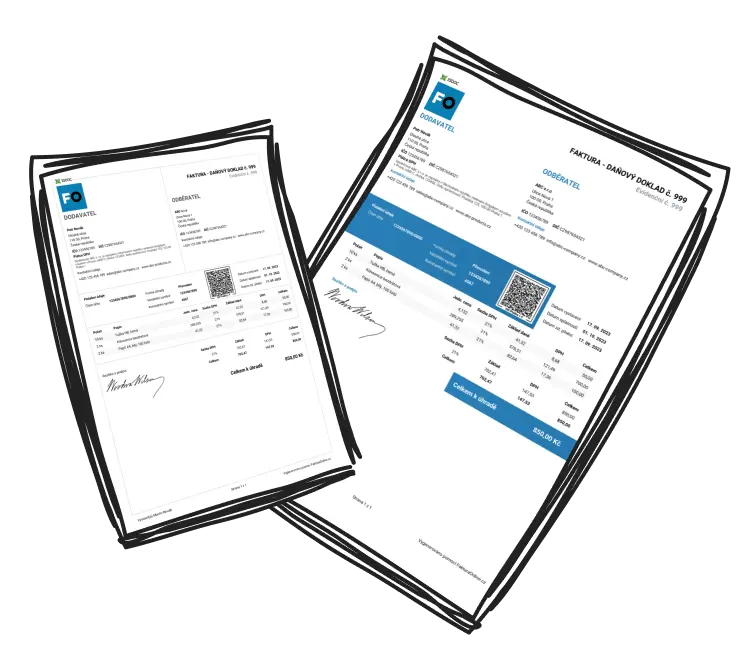Designing quality instructions takes meticulous planning tailored to the user's needs. Here's how you can ensure they're clear and precise:
Define the Task: Clearly state what the user should achieve upon completing the instructions.
Know Your Audience: Consider the user's knowledge, familiarity with the task, and cultural or language differences.
Simplify the Process: Break down the task into logical, manageable steps for easy following.
Use Clear Language: Start each step with verbs such as “cut,” “attach,” or “input.”
Provide Necessary Context: Mention any prerequisites, tools, or materials required right at the start.
Enhance with Visuals: Integrate diagrams, photographs, or videos to accompany challenging or hands-on tasks.
Test for Clarity: Have someone inexperienced with the task try out your instructions and provide feedback.

Tip: Know Your Audience
Understanding your audience is vital. Adjust the complexity of your instructions based on their experience—friendly for beginners and succinct for seasoned users.
Steps to Achieving Goals Effectively
To keep users focused on goals, start with the end vision and work backwards into smaller, attainable actions.
Dissect the Goal: Break the outcome into smaller steps. For example, replace “building a bookshelf” with tasks like “prepare tools,” “attach panels,” and “secure the back.”
Order Logically: Ensure steps follow a natural progression and number them sequentially.
Maintain Simplicity: Stick to essential information without complicating matters with unnecessary details.
Be Direct and Specific: Use actionable language like “fasten bolts with a wrench.”

Example: Tailoring Instructions to a Goal
Goal: Baking a cake.
Steps:
- Assemble ingredients such as eggs, flour, and butter.
- Preheat the oven to 180°C.
- Mix ingredients thoroughly.
- Transfer batter into a greased tin and bake for 30 minutes.
Strategies to Organise Instructions for Better Usability
Effective organisation increases clarity and aids the user's understanding, making it straightforward to follow instructions. Here’s how to enhance usability:
Begin with a Summary: Provide context and list any required items upfront.
Adopt a Structured Layout: Employ headings, subheadings, and generous spacing, as seen in sections like “Setup” and “Assembly.”
Utilise Numbering: Sequentially numbering steps aids in tracking progress.
Introduce Progress Points: Include cues such as “At this stage, the frame should resemble a square.”
Add Visual Elements: Utilize images or schemas beside their relevant steps for easier reference.
Breaking instructions into well-defined sections and numbering actions enhances navigation, which is crucial for novices.
How to Simplify Complex Tasks Effectively
Guidelines to deconstruct intricate tasks result in easier comprehension for users.
Pinpoint Sub-Tasks: Divide the main task into sub-tasks (e.g., for baking: gathering ingredients, combining, baking, decorating).
Organise Sequentially: Group related mini-steps into coherent phases.
Detail Each Action: Write succinct steps focusing on a single action.
Include Visual Aids: Use illustrations or flowcharts for better understanding of complex parts.
Trial Your Guide: Engage a novice to test the steps, uncovering any unclear sections.

Example: Simplifying a Challenging Task
Task: Installing new software.
Steps:
- Download the software file provided.
- Start the installer and select “Next.”
- Accept terms and conditions.
- Select an installation folder.
- Click “Install” and wait for completion.
Best Practices for Writing Clear Instructions
These guidelines ensure your instructions are straightforward, utilising proven methods for creating practical, approachable guides:
Start with Action Phrases: Open each step with a verb. For instance, “Switch on the gadget” or “Secure the pieces.”
Incorporate Visual Resources: Add diagrams, snapshots, or pictures that visually guide through the tasks.
Eschew Technical Terms: Opt for simple, common language. If technical terms are unavoidable, define them.
Focus Singularly: Limit each step to one action to reduce confusion.
Apply Consistent Formatting: Use predictable formats like numbered or bullet lists.
Continuous Testing: Routinely evaluate your instructions, refining unclear aspects.
Embed Feedback Opportunities: Provide signals such as “Ensure the assembled parts click together properly.”

Tip: Leverage Action Verbs
Verbs such as “arrange,” “click,” or “select” give clear direction and urgency to your instructions.

Avoid Information Overload
Too many details or technical jargon can confuse newcomers. Keep it simple, saving expansive explanations for appendices or advanced users.
By adhering to these techniques and strategies, you can craft step-by-step guides that are not only practical and effective but also empower users across Britain to achieve their goals effortlessly.


